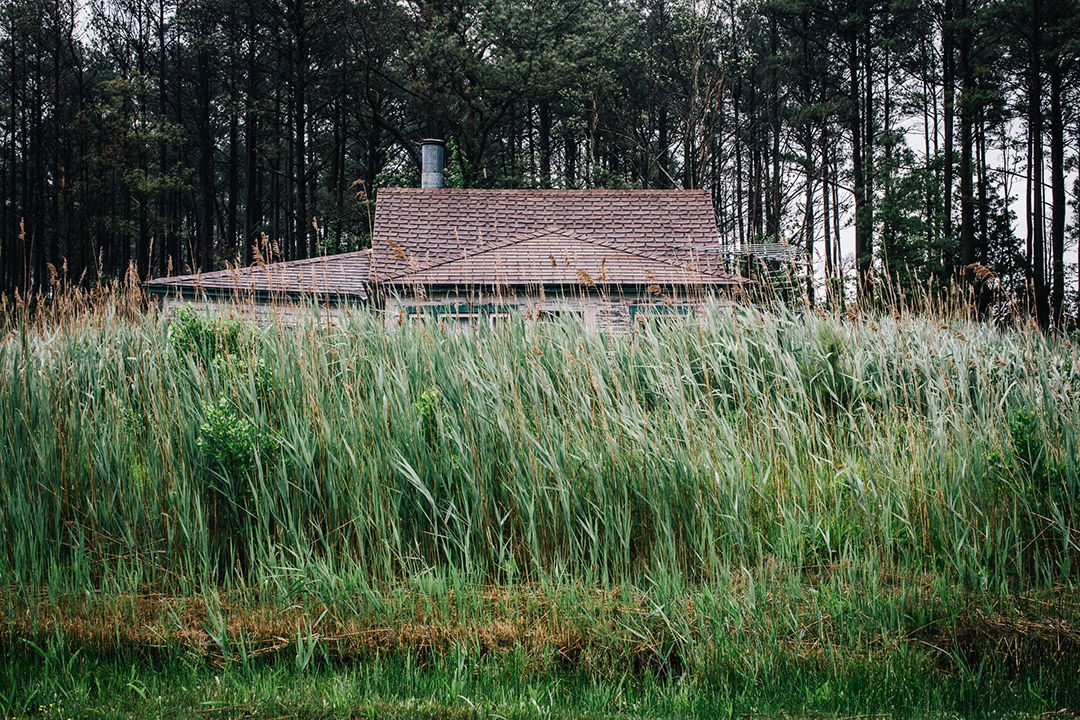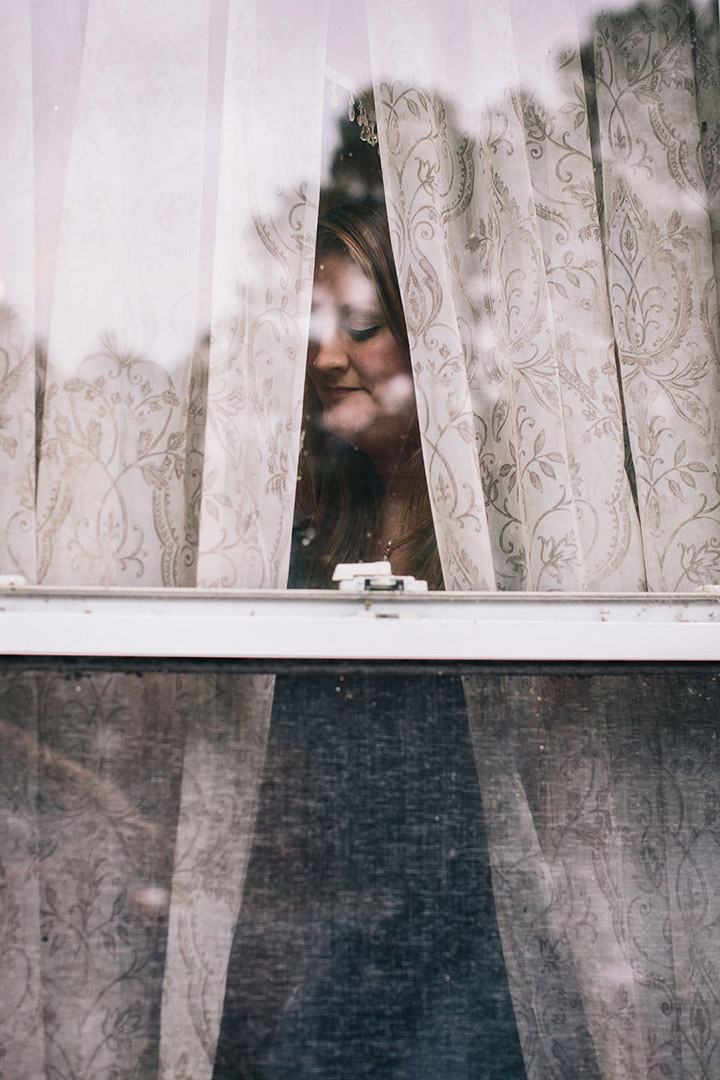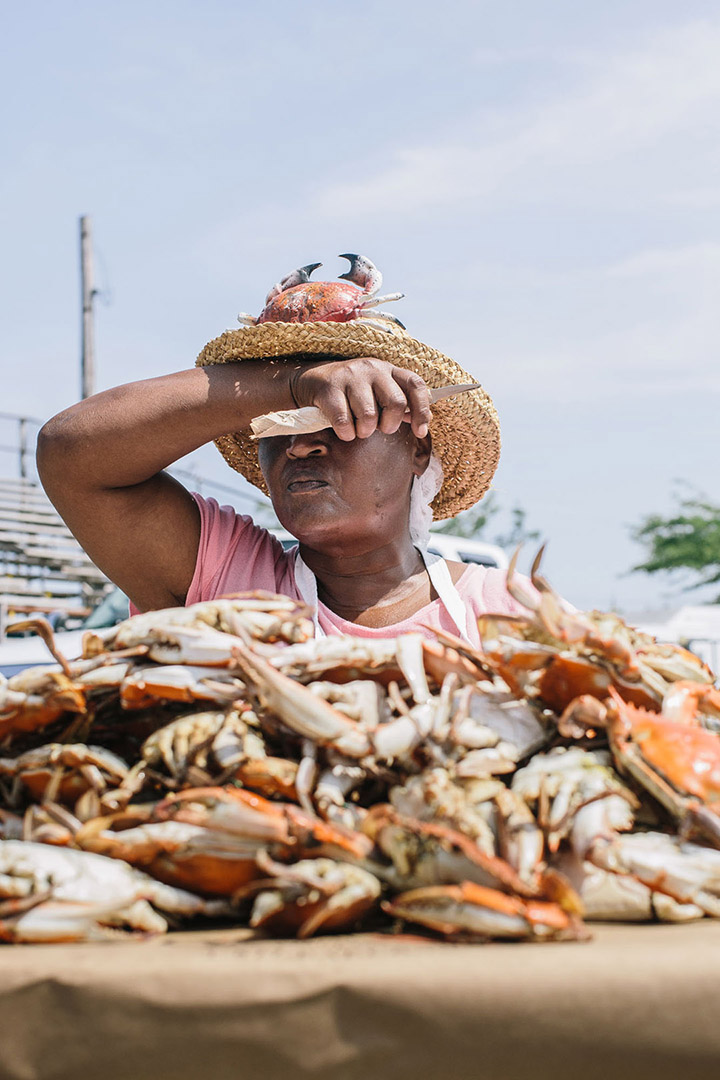And the winner of the inaugural APAD Backyard Storytelling Grant is…
For years, I’ve been hoping to do more with APhotoADay. Since 2000, it’s been an incredible listserv. A source of honest critique. A place for conversation and questions. A safe forum for figuring things out amongst like-minded folk. A community was created. Then GeekFest was born as an annual gathering of photo geeks. And it quickly became an opportunity to invite my favorite photographers to speak and inspire. More than that though, it became an family reunion. A chance to see old friends and make new.
But there was always something more I wanted.
After several successful print auctions, with the money raised going to good people or good causes, I applied for non-profit 501c3 status so we could give money out, as a way to contribute to photographers and their work on a more personal level. This year, that dream has finally become a reality – supporting project work and purposeful photojournalism.
As the call for entries read:
APhotoADay’s inaugural Backyard Storytelling Grant is a $4,000 grant awarded to a visual storyteller to aid in a project within 500 miles (or roughly one tank of gas) of the journalist’s home. Our goal is to reward and encourage finding the extraordinary in the ordinary, while also focusing on community. Often time the best stories - the ones that resonate most - are the ones that hit closest to home.
In total, we received 164 entries from 34 countries, including China, Iran, Lithuania, Egypt, Bosnia and Peru.
This year, one of the highlights of GeekFest Oakland was getting to Skype with Washington D.C.-based freelance photographer Greg Kahn – the recipient of our first-ever grant. Even better, was that it was a total surprise.
Greg’s project is called “3 Millimeters,” and as he states in his entry, it’s not about melting glaciers in faraway places or a big storm that inflicts swift devastation on an unsuspecting community, but it’s about the slow drowning of a place and its way of life.
“Three extra millimeters of water every year will make land vanish. It will swallow communities. It will change environmental habitats forever. It will cause record pollution. For townspeople along the inner- coastal region of the Chesapeake Bay in Maryland, the impact of sea level rise is no longer an abstract worry debated by politicians. They see the land becoming more saturated beneath their feet.”
Through the use of audio interviews, video landscapes and beautiful photography all destined for a digital publication geo-tagging the visuals and providing a rich narrative of what’s already been lost, Greg will continue telling the story of farms that have been in families for generations are being abandoned. Of locals pointing 100 yards into the bay, and telling stories of a baseball field where they used to play. Of graves of the islands’ founders now submerged underwater – lost at sea.
The judges were Mark Murrmann of Mother Jones magazine, Matt Black of Magnum Photos, and myself (Melissa Lyttle, founder of APAD and a freelance photographer based in Florida).
As one of the judges said about the winning proposal: The photos are awesome and it’s one of the better projects I’ve seen that tries to show the real, if subtle, effects of rising sea levels. It’s not easy, but Greg’s done it.
Another judge applauded Greg’s commitment to making a powerful story that on its surface doesn’t sound visual, into an incredibly compelling narrative rich through the depth and diversity of its images.
So a huge Congratulations to Greg Kahn! And if you’d like to continue to follow Greg’s work, please check him out on Twitter, Instagram, and the Grain Images tumblr.
I’d also like to take a moment to honor the other finalists, who were recognized by the judges (comments included) for the depth of their vision and commitment to covering issues in their own backyards:
Adam Patterson - on a loyalist enclave of ex-paramilitaries in Northern Ireland
Great photos of a local story that’s actually fairly complex, told succinctly. I like the inclusion of the historical images to help give it context.
Alyssa Schukar - on a community outside of Chicago being lost as a refinery expands
There were a number of stories submitted that looked a particular neighborhood in a city. This one stands out for the extra layer the story has, of living in the shadow of the BP refinery. The photos do a great job of giving a sense of the neighborhood, the people that live there, as well as what the issue is.
Cesar Rodriguez - on the impact of harvesting tobacco in Mexico on people’s health and traditions
Gorgeous black & white photos showing/telling a horrific story. Well done and worthy of a grant because this is one of those projects that’s an important story to tell but will be really hard to get placed.
Daniella Zalcman - on an Eco Village in England
A self-sustaining community of squatters known as the Diggers, fighting eviction in the wake of new luxury apartments is an on-going story that Daniella has scratched the surface of and already made some beautiful storytelling pictures and captured intimate moments of. Time and movement are all that’s needed here.
Nick Oza - on expanding his immigration coverage to a recent surge of unaccompanied minors in Phoenix
This is a really excellent piece on immigration/border issues. My only knock against this work is that it all feels very familiar simply because it’s a story that has been covered a lot, for a number of years. But this is a very well-done, multi-layered look at the border and it’s not a story that’s going away. It’s obvious Nick has put a lot of time and effort into this.
Oscar Castillo - on prisons and violence in Venezuela
Great photos. Great access. Really excellently done, but a project on violence in Central America while powerful, has to shed a light on something new, a new aspect, a new angle.
Sumon Yusuf - on river erosion in Bangladesh
Gorgeous b&w panoramic photos of water, so vital to people’s lives both for survival, economic development and spirituality, slowly displacing millions.



















